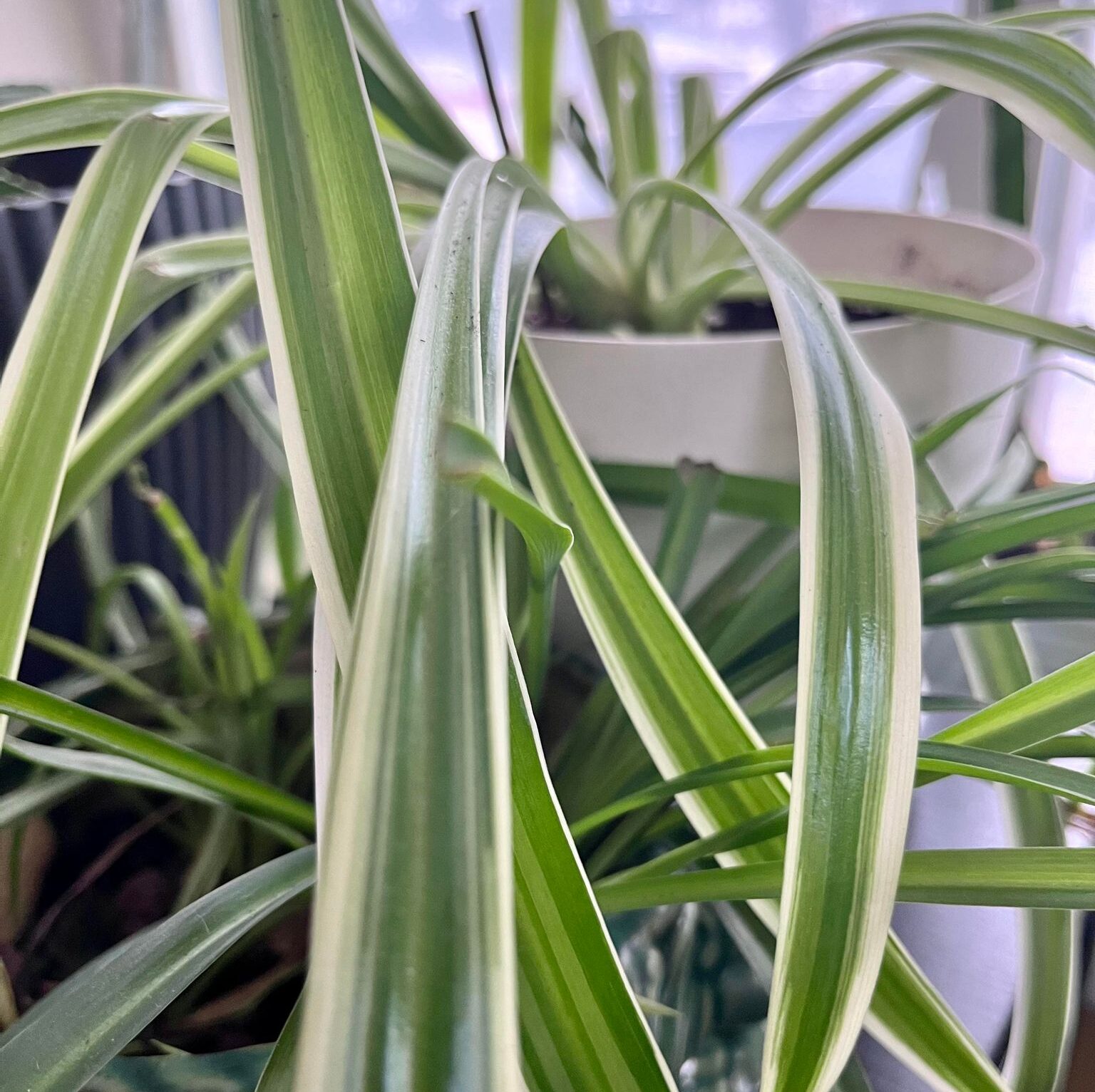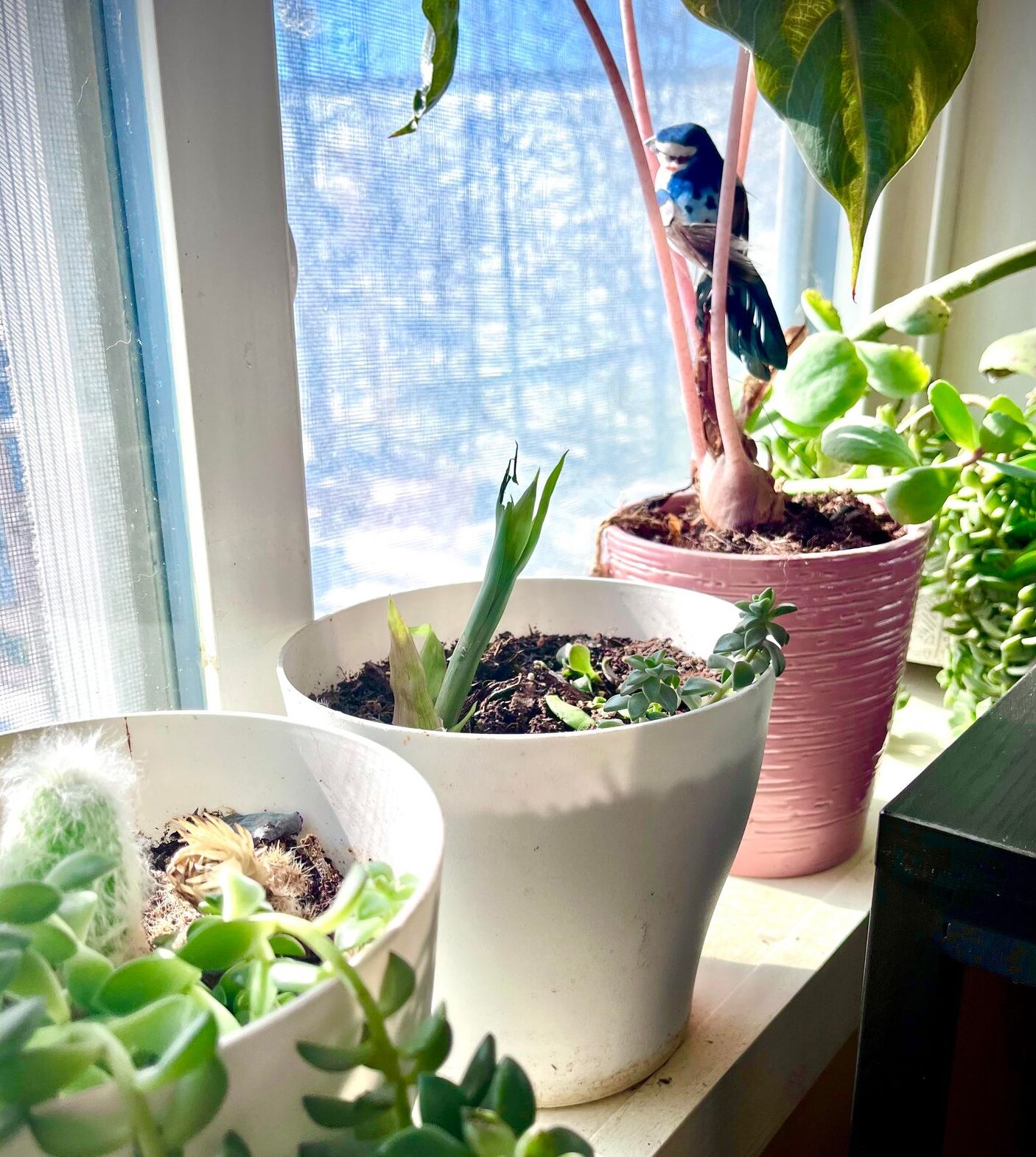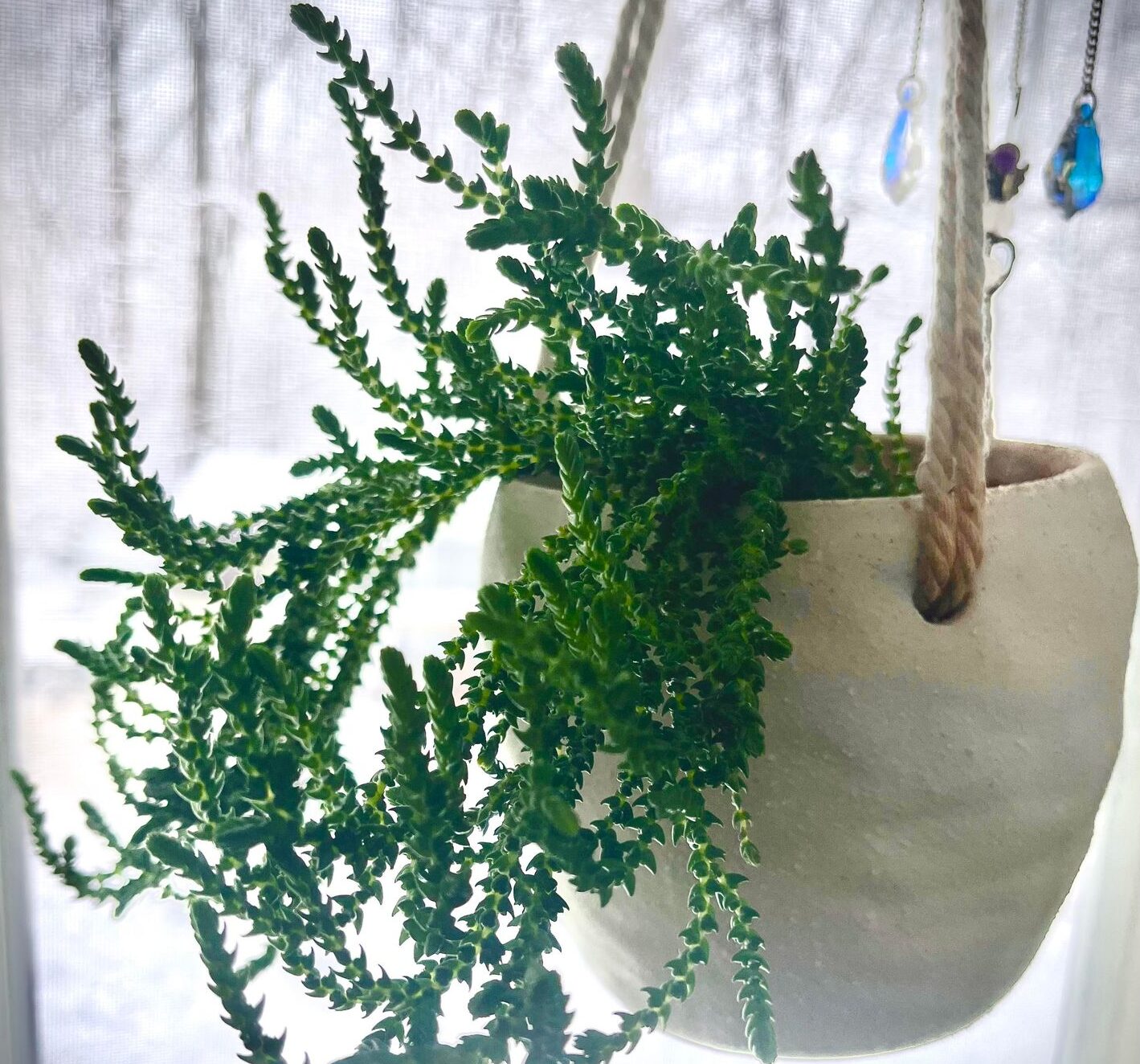
Self-Watering Planters: Low-Maintenance Solutions for Busy Plant Parents
Self-Watering Planters
In our fast-paced lives, plant enthusiasts, often referred to as “busy plant parents,” grapple with the challenge of providing optimal care to their indoor green companions. The act of watering, a crucial aspect of indoor plant care, becomes a daunting task when time is a luxury.
Enter the game-changer: self-watering planters. These innovative containers have revolutionized the way we nurture our indoor foliage, offering a low-maintenance solution for those with packed agendas. In this blog post, we will delve into the world of self-watering planters, exploring their functionality, benefits, and presenting you with the top 5 real and trusted products available in the market.
Whether you’re a seasoned plant enthusiast or a newcomer to the world of indoor greenery, understanding the advantages of self-watering planters and incorporating them into your plant care routine can make a world of difference. Let’s explore the seamless integration of technology and nature, ensuring that your plants thrive effortlessly in your busy life. Read on to discover how self-watering planters can be your ally in creating a flourishing indoor oasis with minimal effort.
Understanding Self-Watering Planters
As we embark on the journey of discovering the wonders of self-watering planters, it’s essential to grasp the core concepts that make these ingenious containers a game-changer for indoor plant care.
Definition and Functionality of Self-Watering Planters
At its core, a self-watering planter is a specially designed container that simplifies the watering process by incorporating a built-in reservoir. This reservoir, equipped with a water-level indicator, allows plants to draw moisture as needed, ensuring a consistent and controlled supply. The ingenious design effectively eliminates the guesswork from watering schedules, making it an ideal solution for busy plant parents.
How Self-Watering Planters Work to Provide a Consistent Water Supply
The functionality of self-watering planters revolves around the principle of capillary action. The soil, placed above the water reservoir, draws moisture upward through a wicking system, ensuring the roots have continuous access to water. This self-regulating process prevents overwatering, a common concern for indoor plants, and promotes optimal hydration. Understanding this mechanism is crucial for harnessing the full potential of self-watering planters in maintaining healthy and thriving indoor greenery.
Benefits of Using Self-Watering Planters for Indoor Plants
The advantages of incorporating self-watering planters into your indoor plant care routine are manifold. These include:
- Consistent Moisture Levels: The automated watering system ensures that plants receive the right amount of moisture, avoiding the pitfalls of under or overwatering.
- Reduced Maintenance: For busy plant parents, the reduced frequency of manual watering translates to a significantly lower maintenance burden, allowing you to enjoy your green companions without constant worry.
- Optimal Root Health: The controlled water supply promotes healthy root development, contributing to overall plant vitality and longevity.
In the next section, we’ll delve into real and tested products that embody these principles, offering low-maintenance solutions for your indoor plant care needs.
Top 5 Self-Watering Planters
Now that we’ve covered the basics of self-watering planters, let’s dive into five highly-rated and trusted products available on Amazon. These options cater to busy plant parents seeking effective low-maintenance solutions for their indoor plant care routine.
- Features and Specifications: The Mkono planter, crafted from durable plastic, includes a water reservoir and a wicking system. Suitable for various plant sizes.
- Pros and Cons: Users praise its sleek design and efficiency but note its size limitation for larger plants.
- Features and Specifications: Lechuza’s planter boasts a stylish design with a sub-irrigation system, ensuring optimal water distribution.
- Pros and Cons: Users appreciate its modern aesthetics and functionality, though some mention a learning curve for proper setup.
- Features and Specifications: T4U offers a variety of sizes and colors in their self-watering planters, made from eco-friendly materials.
- Pros and Cons: Users admire the customizable options but caution about occasional water level monitoring for larger plants.
Dexceder 18×17 Self Watering Planter with Wheels Indoor Outdoor
- Features and Specifications: Dexceder’s planter combines practicality with mobility, featuring wheels for easy indoor and outdoor movement and a generous water reservoir.
- Pros and Cons: Users appreciate the convenience of mobility but recommend careful maneuvering on uneven surfaces.
- Features and Specifications: Santino’s planter comes equipped with a water-level indicator, providing a clear signal for refill needs.
- Pros and Cons: Users value the indicator but note occasional clogging issues in the watering system.
By exploring these top-rated self-watering planters, you can make an informed decision tailored to your preferences. Next, we’ll guide you in choosing the ideal self-watering planter based on your specific needs.
How to Choose the Right Self-Watering Planter
Now that we’ve unveiled some exceptional self-watering planters available, the next crucial step is selecting the one that perfectly aligns with your needs. Here’s a guide to help you make an informed decision:
Considerations When Selecting a Self-Watering Planter
- Plant Size: Assess the dimensions of the planter and ensure it accommodates the size of your indoor plant. Different planters are designed for various plant sizes, so matching them appropriately ensures optimal growth.
- Material: Consider the material of the planter based on your aesthetic preferences and the durability required. Options range from plastic and ceramic to more robust materials like resin or fiberglass.
- Mobility: If you plan to move your plants around frequently, especially for outdoor use, opt for a planter with built-in wheels. The Dexceder 18×17 Self Watering Planter with Wheels is a prime example, providing both mobility and functionality.
Matching Plant Needs with Planter Features
- Water Reservoir Capacity: Evaluate the water-holding capacity of the planter. Larger reservoirs are suitable for those who prefer less frequent watering, whereas smaller ones may require more regular attention.
- Water-Level Indicator: Some planters, like the Santino Self-Watering Planter, come equipped with a water-level indicator. This feature allows you to monitor water levels easily, preventing overwatering or underwatering.
- Aesthetic Appeal: Choose a planter that complements your interior or exterior design. Options like the Mkono Self-Watering Planter and Lechuza Self-Watering Planter offer a blend of functionality and aesthetics.
Tips for Optimizing the Use of Self-Watering Planters
- Proper Placement: Position your planter in a location that aligns with your plant’s light requirements. Be mindful of factors such as sunlight exposure and indoor temperatures.
- Monitoring: While self-watering planters reduce the frequency of manual watering, it’s essential to monitor the water levels and occasionally check for any signs of clogging or irregularities in the watering system.
By considering these factors and implementing the provided tips, you can confidently select the ideal self-watering planter for your specific needs. In the final section, we’ll discuss the importance of ongoing maintenance to ensure your indoor oasis thrives effortlessly.
Maintaining Your Self-Watering Planter
Now, let’s explore essential maintenance practices to ensure your planter continues to be a reliable partner in your low-maintenance indoor plant care routine.
Cleaning and Upkeep of Self-Watering Systems
- Regular Cleaning: Periodically clean the planter to prevent the buildup of algae, mold, or mineral deposits. Use a mild soap solution and rinse thoroughly to maintain a healthy environment for your plants.
- Inspecting Wicking System: Check the wicking system, ensuring it remains free of debris. A clear wicking system facilitates efficient water distribution to the plant roots.
Troubleshooting Common Issues with Self-Watering Planters
- Clogged Watering System: If you notice reduced water flow or uneven distribution, inspect the watering system for any clogs. Clear obstructions to maintain a consistent water supply.
- Monitoring Water Levels: Regularly check the water reservoir to avoid both overwatering and underwatering. Adjust the water levels based on your plant’s specific needs.
Long-Term Benefits of Consistent Maintenance
- Optimal Plant Health: Regular maintenance ensures that your plants receive the right amount of water consistently. This promotes healthy root development, vibrant foliage, and overall plant well-being.
- Extended Planter Lifespan: Proper care and maintenance contribute to the longevity of your self-watering planter. Well-maintained planters continue to provide reliable support for your indoor plants over an extended period.
As you integrate these maintenance practices into your routine, you’ll find that self-watering planters not only simplify your indoor plant care but also contribute to the long-term health and beauty of your green companions.
Conclusion
In the fast-paced rhythm of our daily lives, the quest for maintaining indoor plants can be a challenge, especially for busy plant parents. Thankfully, the advent of self-watering planters has opened new avenues for achieving a flourishing indoor oasis with minimal effort.
As we explored the world of self-watering planters, from understanding their functionality to discovering real and trusted products available on Amazon, it’s clear that these innovative solutions offer a game-changing approach to indoor plant care. The top-rated options like the Mkono, Lechuza, T4U, Dexceder, and Santino self-watering planters provide diverse choices, catering to different preferences and needs.
Selecting the right planter involves thoughtful consideration of factors such as plant size, material, and additional features like water reservoir capacity and mobility. Our guide aimed to simplify this process, ensuring you find a self-watering planter that seamlessly integrates into your lifestyle.
Moreover, ongoing maintenance is key to unlocking the full potential of these planters. Regular cleaning, monitoring the watering system, and troubleshooting common issues contribute to the optimal health of your plants and the extended lifespan of your planter.
In conclusion, self-watering planters aren’t just a solution; they’re a commitment to creating a harmonious and low-maintenance environment for your indoor green companions. Embrace the effortless joy of plant parenthood, even in the midst of a bustling schedule. With the right planter and a dash of care, your indoor oasis will thrive, bringing nature’s serenity to your busy life.
Search
Popular Posts
-
Self-Watering Planters: Low-Maintenance Solutions for Busy Plant Parents
Self-Watering Planters In our fast-paced lives, plant enthusiasts, often referred to as “busy plant parents,” grapple with the challenge of providing optimal care to their indoor green companions. The act of watering, a crucial aspect of indoor plant care, becomes a daunting task when time is a luxury. Enter the game-changer: self-watering planters. These innovative…
-
Watch Chain Crassula Muscosa Care and Propagation Guide
Watch Chain Crassula Muscosa Indoor plants bring a special kind of joy to our homes. They add a touch of nature, making our living spaces more peaceful. I love watching each leaf grow and seeing how strong each stem can be. Today, let’s dive into the world of indoor succulents, focusing on a cool one…
Categories
Archives
Tags
air-purifying plants (2) Aloe Vera plant (1) botanical haven (1) busy plant parents (1) Carnivero collection (1) Carnivero Tropical Pitcher Plant (1) carnivorous plants (2) gardening advice (1) gardening tips (3) growing succulents (1) Houseplant care (2) houseplants (3) impact on indoor environments (1) indoor air quality (1) indoor gardening (5) Indoor plant care (3) indoor plant enthusiasts (1) indoor plants (1) indoor succulents (1) low-maintenance solutions (1) maintaining planters (1) nasa's clean air study (1) neon pothos care (1) neon pothos plant (1) Nepenthes care (1) photosynthesis (1) pitcher plant care (1) pitcher plant cultivation (1) plant care (3) planters on amazon (1) plant maintenance (1) plant mechanisms (1) plant parenting (2) plant propagation (4) propagating succulents (1) self-watering planters (1) Succulent care (3) succulent family (1) succulent haven (1) succulent identification (1) succulent tips (1) top-rated products (1) tropical pitcher plant (1) tropical plants (1) watch chain crassula (1)






Leave a Reply